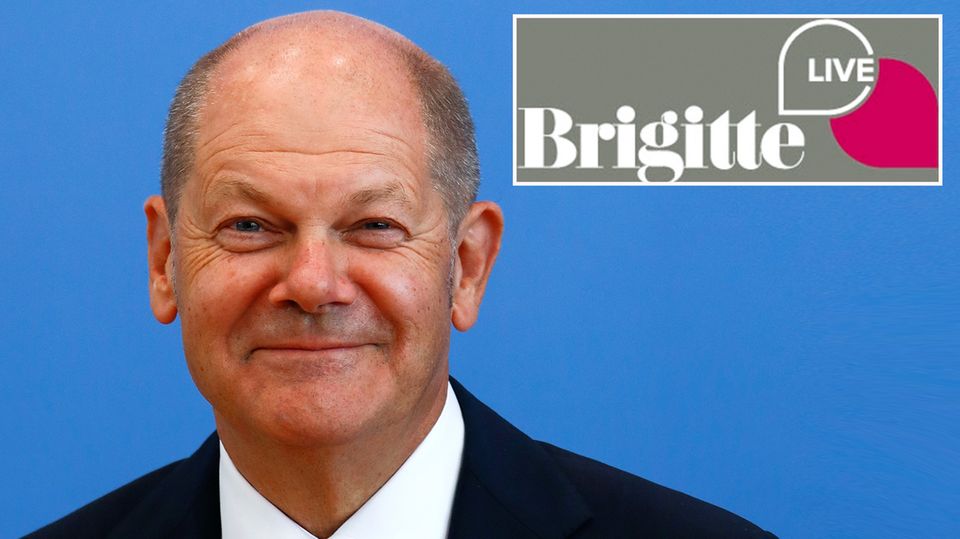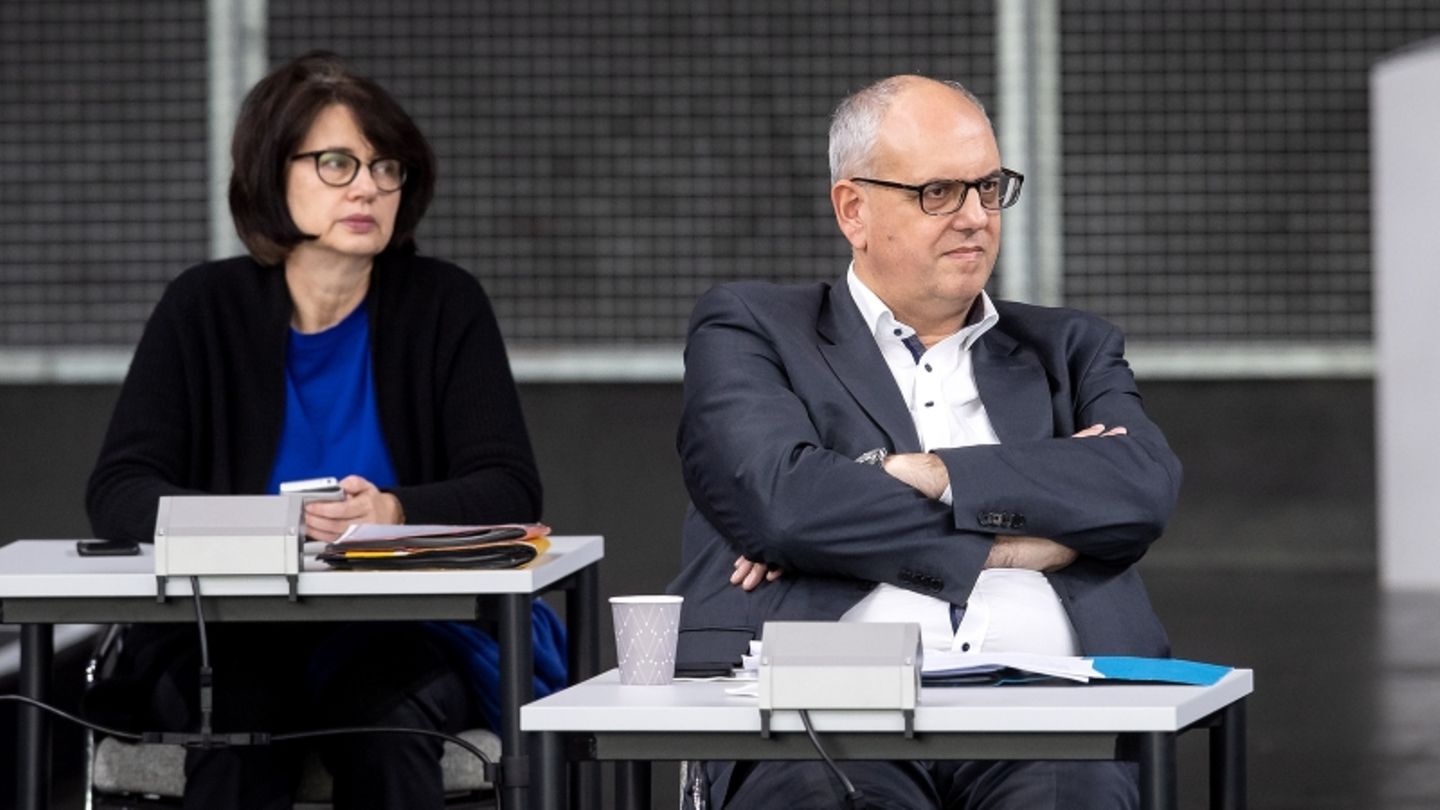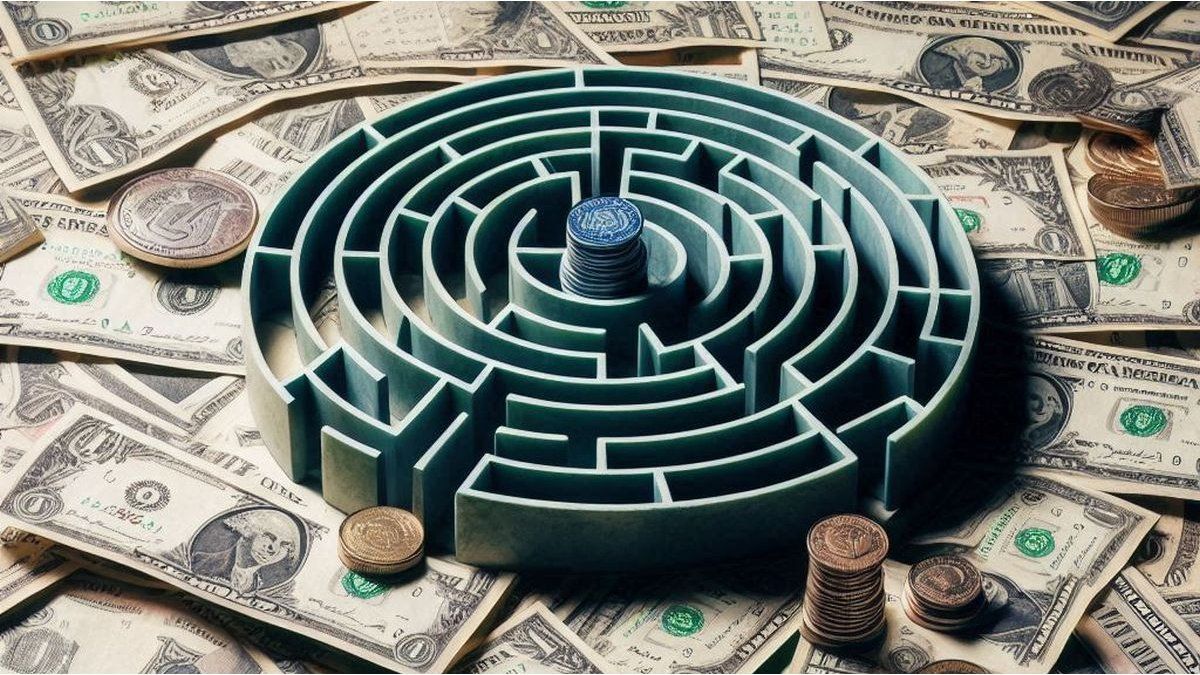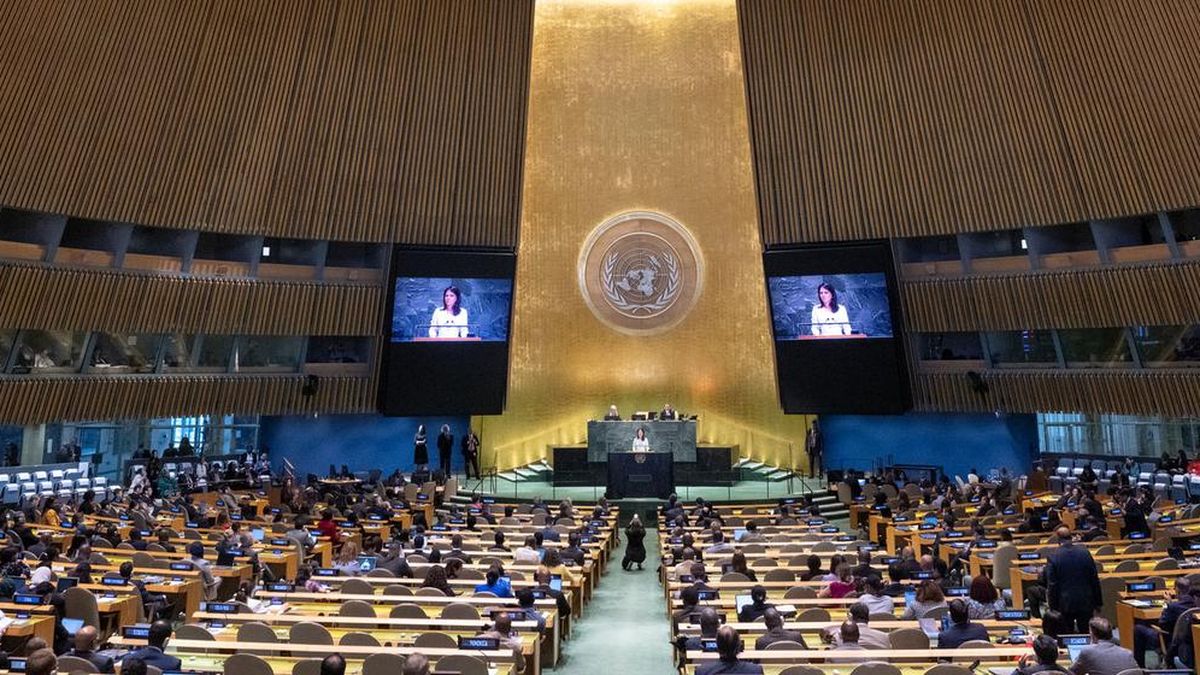The coalition of the SPD, the Left and the Greens has been ruling Bremen for two years. After the rise of the Social Democrats, the latest polls believe that such an alliance is also possible at the federal level. In Bremen, however, you consider the constellation to be unlikely.
The Bremen election night from 2019 should be fresh in the memory of many conservatives in Berlin’s Konrad-Adenauer-Haus. Although the Christian Democrats were in front of the SPD for the first time in around 70 years, the Social Democrats reached an agreement with the Greens and the Left, despite severe election losses, and have since been head of government with Andreas Bovenschulte. A similar scenario could now also occur at the federal level. The latest polls believe that a red-red-green majority is possible.
Bremen government receives a lot of praise for corona policy
The Bremen town hall has been in social democratic hands without interruption since the end of the war. A red bastion. The SPD did not want to give up that in 2019. There was hardly any fear of contact with the left and the Greens were known from long years of joint government. The nine departments, including the mayor, are occupied by six women and three men. A good six months after taking office on August 15, 2019, the corona pandemic changed everything in spring 2020, including in Bremen. Side by side, the health senator, the economy senator (both left), the finance senator (Greens) and the SPD mayor appeared in front of the cameras in countless press conferences. Even the CDU initially had praise for the red-green-red crisis management.
It was the hour of the executive. Bovenschulte in particular succeeded in making a name for itself. However, a small city-state with around 680,000 inhabitants is only of limited use as a blueprint for the federal government. Bremen is actually more of a large municipality with two cities than a federal state. Right from the start, Bovenschulte was never a friend of the role of role model and model for the federal government, which was repeatedly brought up in conversation. “I think you shouldn’t hang that very high,” he said in the summer of 2019, when the signatures on the coalition agreement were just dry.
Bovenschulte: The SPD should not rule out any constellation
The 56-year-old lawyer, who accompanies the SPD chancellor candidate Olaf Scholz during the current election campaign at his appointments in Bremen and Bremerhaven, is often asked about the question. He too thinks a red-green-red coalition in the federal government is conceivable after the general election. His point of view: Except for an alliance with the AfD, the SPD should not rule out any constellations.
For the political scientist Lothar Probst, the Bremen color model hardly serves as a template for the federal government. The situation in the federal states is very different from that in the federal government. “There are three red-green-red alliances: in Thuringia, in Berlin and in Bremen. None of these are model projects,” he said recently on Radio Bremen. One reason is that Die Linke in the Bund ticks completely differently. “The party congress of the left has made decisions on foreign and security policy, including NATO membership and Russia policy, which are even less acceptable to the Greens than to the SPD.”
Surveys think red-red-green is possible
In addition, he does not believe that the SPD, the Greens and the Left would even get enough votes for a left-wing coalition. “I consider speculations about a red-green-red alliance in the federal government to be an air number.” In spite of all the uncertainties with which surveys are afflicted, according to the figures, such a constellation is possible in the federal government. According to a Forsa survey for the RTL / ntv trend barometer from this week, the Union would only come to 23 percent, the SPD to 19 percent, the Greens to 20 percent and the Left to 7 percent. The FDP would be 12 percent and the AfD 10 percent. Out of four options, Green-Red-Red would be one.
The SPD and the Greens have already spent years in government together. For Die Linke it would be completely new territory, as in Bremen, where the party is participating in the government for the first time in a West German state. “It wasn’t easy! Even if we have already introduced feasible proposals into the debates, governance is a completely new challenge,” summed up the Bremen Left in their 68-page mid-term review.

See in the video: The fight for the Chancellery is in full swing. The Greens, SPD and CDU are sending three candidates into the race to succeed Angela Merkel. Olaf Scholz from the SPD gave unusually private insights in the series of talks “Brigitte Live”.
David William is a talented author who has made a name for himself in the world of writing. He is a professional author who writes on a wide range of topics, from general interest to opinion news. David is currently working as a writer at 24 hours worlds where he brings his unique perspective and in-depth research to his articles, making them both informative and engaging.




